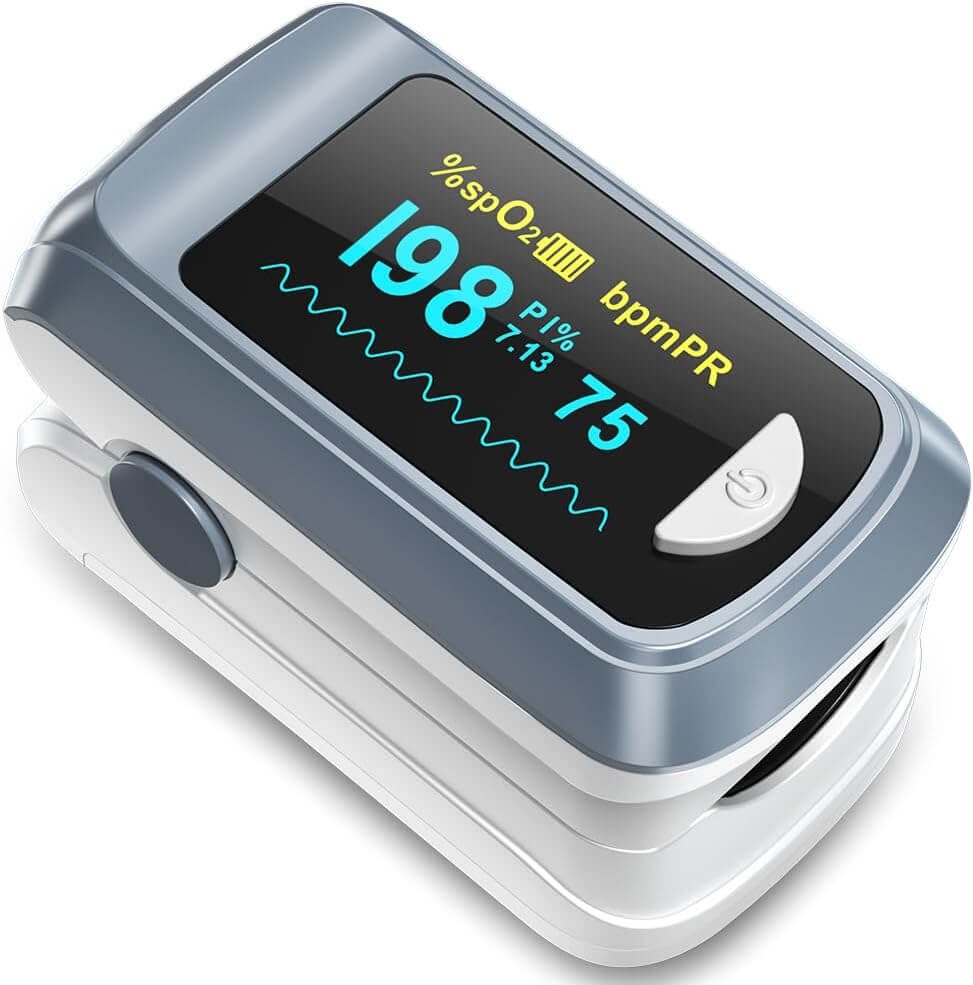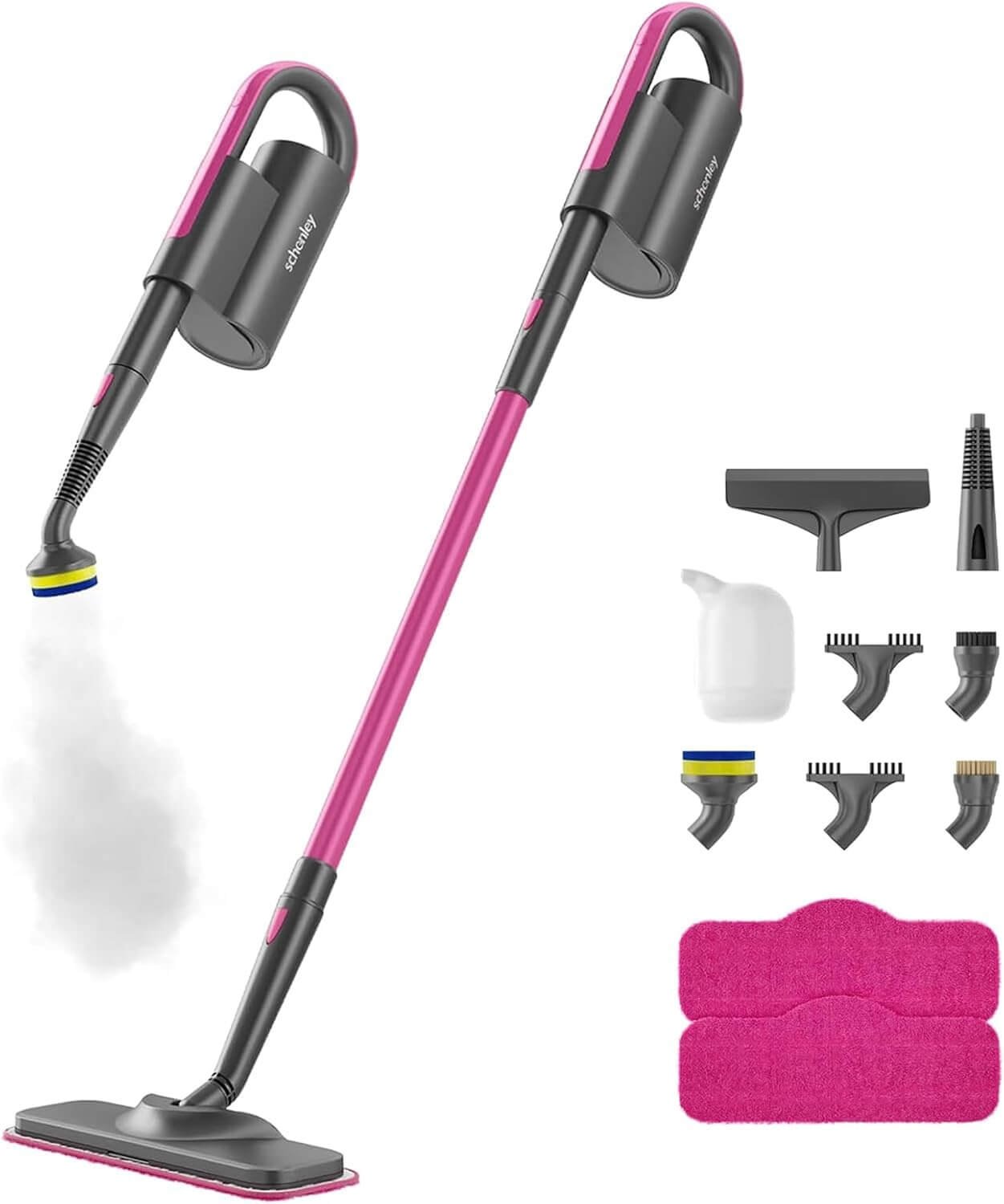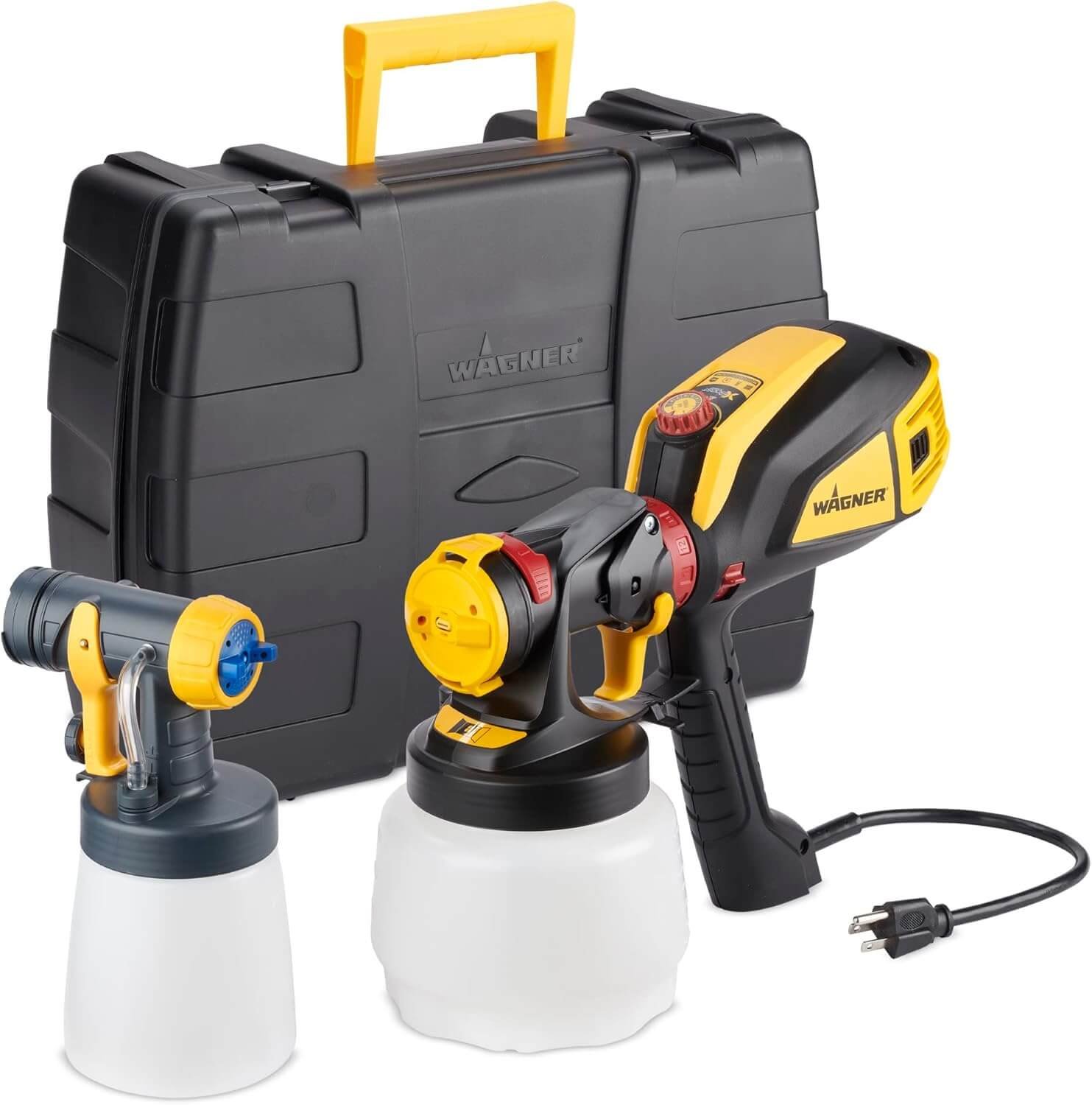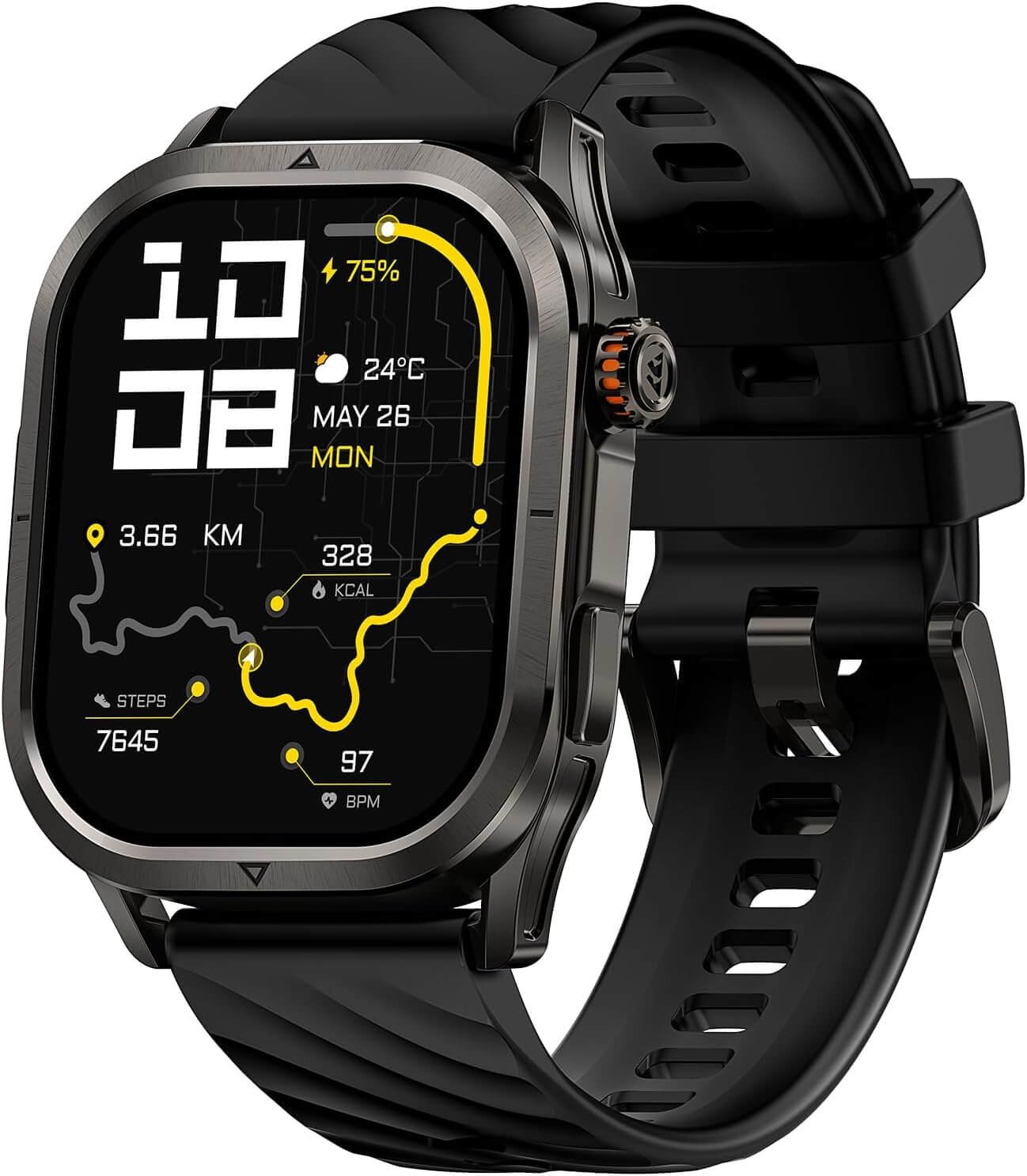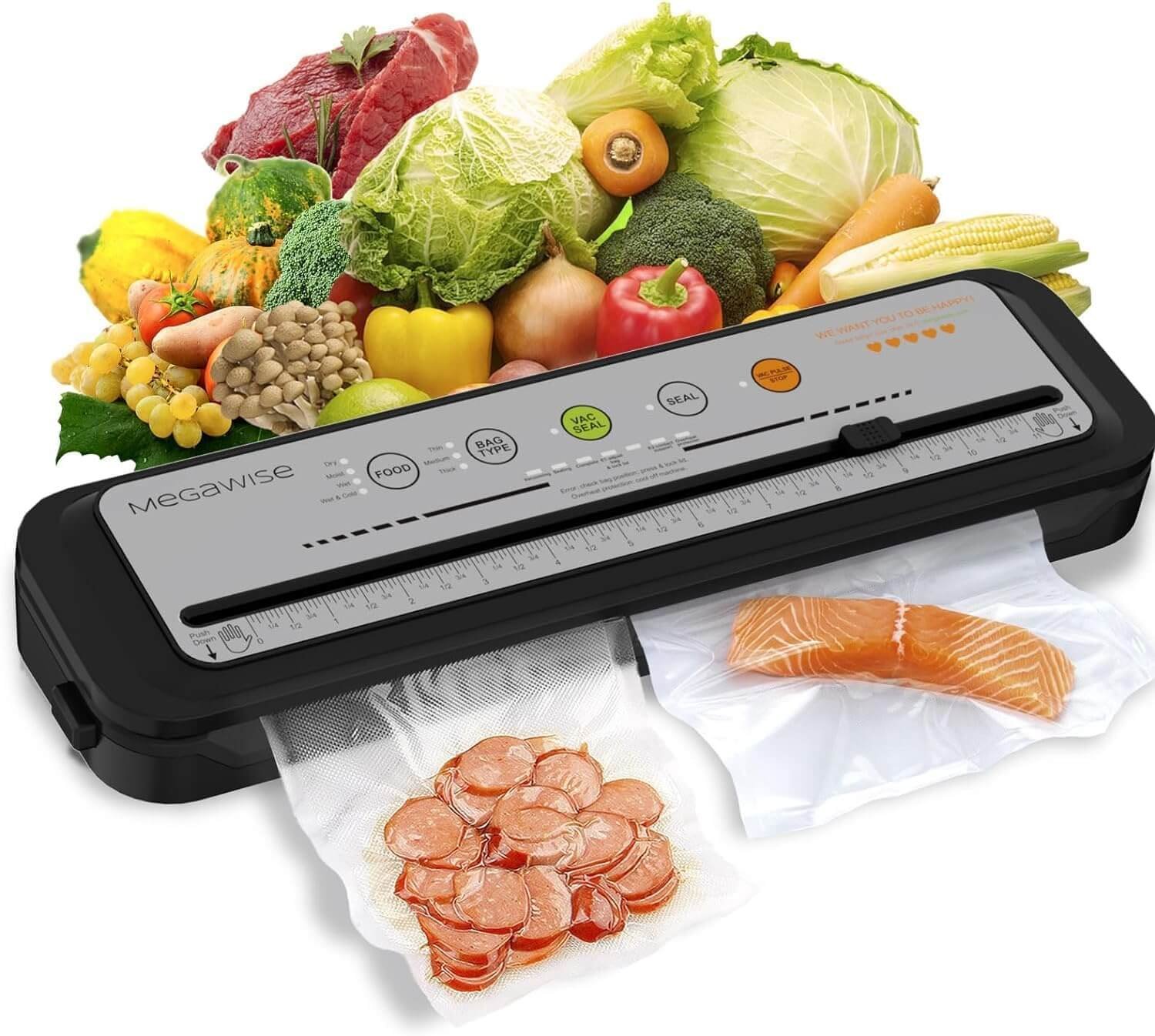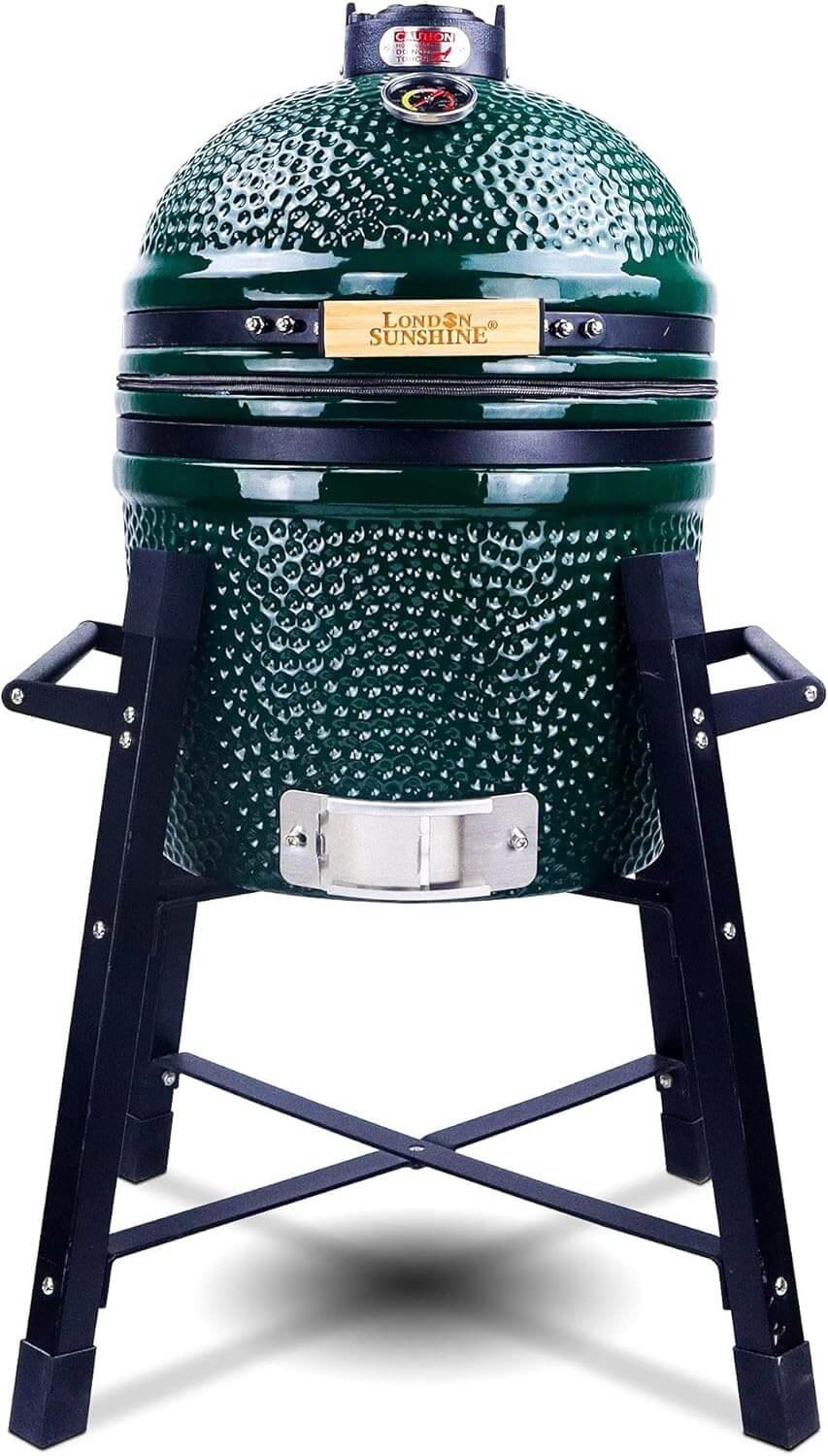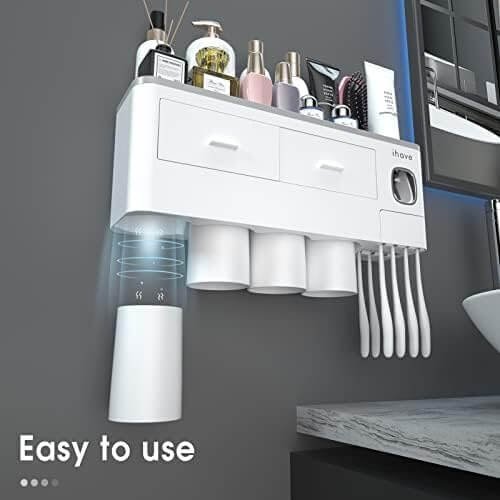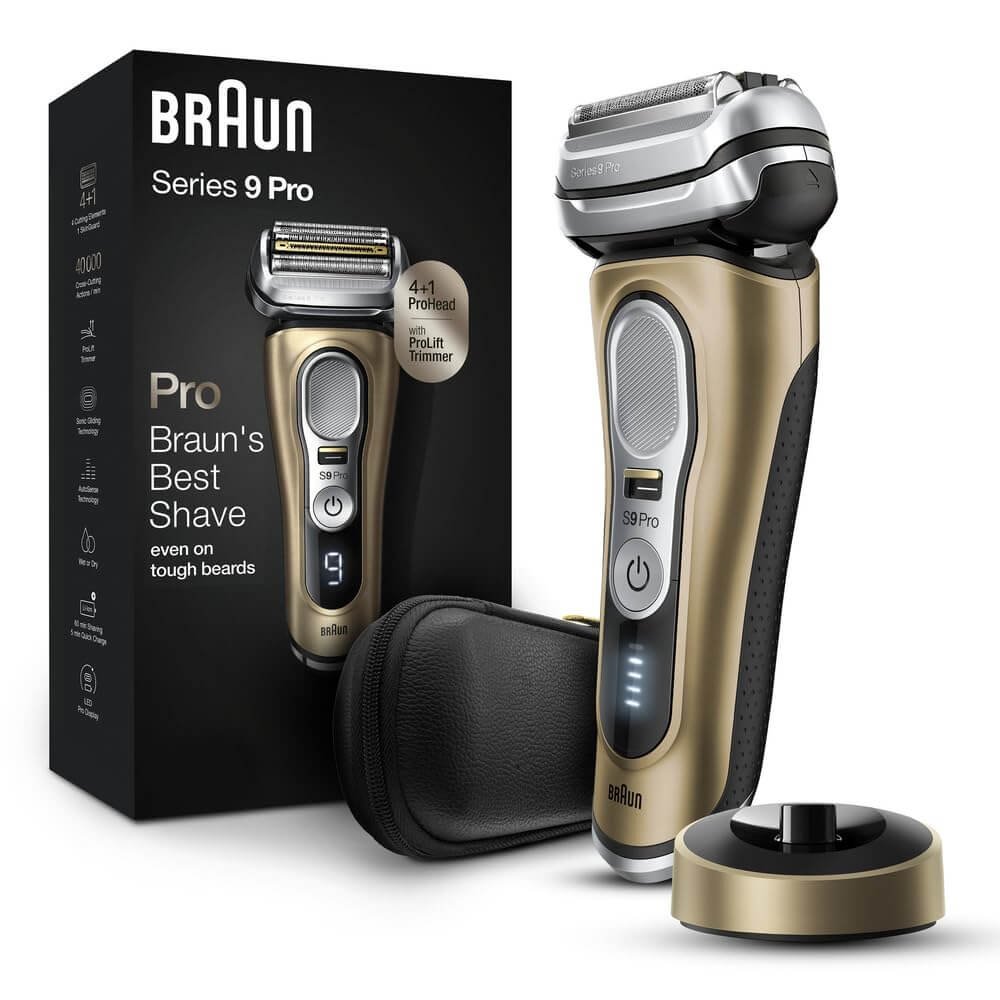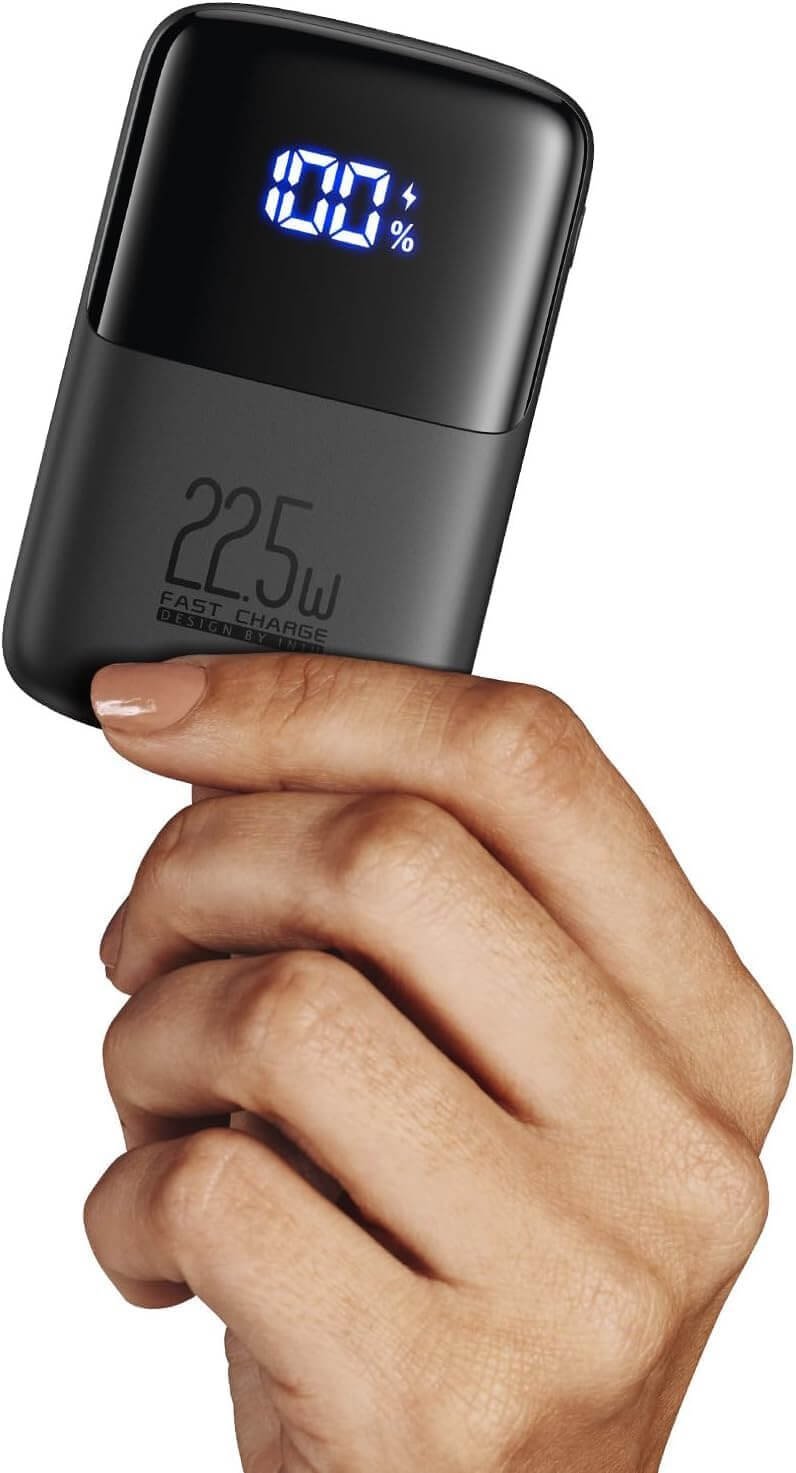What is a Fingertip Pulse Oximeter?
A fingertip pulse oximeter is a non-invasive medical device designed to measure the blood oxygen saturation (SpO2) levels and pulse rate of an individual. This small, portable device typically clips onto a finger and utilizes light absorption technology to provide quick and accurate readings. The primary function of this device is to assess how effectively oxygen is being transported throughout the body, specifically in the blood. This is especially crucial in managing conditions that affect respiratory function, such as chronic obstructive pulmonary disease (COPD), asthma, and other pulmonary disorders.
The operation of a fingertip pulse oximeter is grounded in the principles of spectroscopy. It emits two wavelengths of light — one red and one infrared — through the finger and measures the amount of light absorbed by the blood. Oxyhemoglobin and deoxyhemoglobin absorb these wavelengths differently, allowing the device to calculate the percentage of oxygen in the bloodstream. Additionally, the pulse oximeter tracks the pulse rate, representing heartbeats per minute, providing valuable insight into cardiovascular health as well.
Fingertip pulse oximeters have become increasingly popular due to their compact size, ease of use, and accessibility. They are widely utilized in both medical settings and at home. With the rise in telehealth and remote monitoring solutions, having the ability to quickly evaluate blood oxygen levels is especially beneficial for patients managing chronic diseases or recovering from illnesses that may impact respiratory function.
Overall, fingertip pulse oximeters serve as an essential tool in personal health monitoring, providing users with the information necessary to make informed decisions about their health and seek medical attention if required.
Importance of Monitoring Blood Oxygen Levels
Monitoring blood oxygen levels is integral to maintaining overall health and well-being. Blood oxygen saturation, typically represented as SpO2, reflects the portion of oxygen-saturated hemoglobin relative to total hemoglobin in the blood. A fingertip pulse oximeter blood oxygen saturation monitor serves as a vital tool for both individuals and healthcare professionals to ensure that oxygen levels remain within a healthy range. Recognizing the importance of regular monitoring can aid in the early detection of hypoxemia, a condition characterized by insufficient oxygen levels in the bloodstream.
Low blood oxygen saturation can stem from various health conditions, including chronic obstructive pulmonary disease (COPD), asthma, and pneumonia, among others. These conditions can adversely affect lung function, leading to reduced oxygen uptake. Additionally, individuals with high altitude exposure or certain cardiovascular disorders may experience fluctuating blood oxygen levels. Regular monitoring using a fingertip pulse oximeter can provide crucial data about one’s respiratory efficiency, enabling timely medical intervention if levels drop significantly.
The impact of low oxygen levels extends beyond immediate physiological effects. Insufficient oxygen can severely impair physical performance, as muscles require oxygen to function efficiently during exertion. Athletes, for instance, may find their endurance and recovery hampered without adequate oxygen levels. Furthermore, persistent low oxygen saturation may signal serious health issues requiring medical attention. Regular use of a blood oxygen saturation monitor can empower individuals to take control of their health, encouraging proactive measures that pave the way for improved outcomes.
Ultimately, tracking blood oxygen saturation is not merely a clinical concern; it holds importance for anyone interested in optimizing their health and physical capacity. By prioritizing this aspect of wellness, individuals can ensure better overall health management.
Key Features of the Pulse Oximeter
A fingertip pulse oximeter blood oxygen saturation monitor is a vital tool for individuals looking to track their oxygen levels conveniently. One of the most significant features of this device is its OLED screen display, which provides clear, easy-to-read measurements. The OLED screen enhances visibility in various lighting conditions, allowing users to check their readings without straining their eyes. Such clarity is essential for quick assessments, particularly in urgent situations that may require immediate attention.
Accuracy of readings is another crucial feature that highlights the importance of a fingertip pulse oximeter. High-quality models are designed to deliver precise blood oxygen saturation levels, typically within ±2% accuracy. This level of precision is particularly beneficial for individuals with underlying respiratory conditions requiring consistent monitoring. The reliability of the readings empowers users to make informed decisions regarding their health based on accurate data.
Quick measurement times further enhance the user experience with a fingertip pulse oximeter. Most devices can provide readings within just a few seconds, allowing for rapid assessments without significant disruptions to daily activities. This aspect is particularly advantageous for athletes and those undergoing physical exertion, ensuring they can promptly monitor their oxygen levels during performance or exercise. Moreover, many models come equipped with additional elements such as a lanyard and included batteries, making the device portable and easy to use on-the-go. The lanyard allows users to keep the monitor readily accessible, while the presence of batteries eliminates the immediate need for additional purchases.
These key features—an OLED screen display, accuracy of readings, quick measurement times, and convenient accessories—combine to create an efficient and user-friendly environment for those monitoring their oxygen saturation levels. They underscore the significance of utilizing a fingertip pulse oximeter blood oxygen saturation monitor for personal health and wellness management.
Who Should Consider Buying a Pulse Oximeter?
A fingertip pulse oximeter blood oxygen saturation monitor is an invaluable tool for various individuals and groups, each with distinct health or performance needs. Athletes, particularly those engaged in endurance sports like running, cycling, or swimming, can greatly benefit from tracking their blood oxygen levels. These measurements help athletes to understand their body’s performance capabilities and make informed decisions regarding training intensity and recovery processes. Monitoring oxygen saturation can also enhance performance at high altitudes, where reduced oxygen levels present unique challenges.
Individuals with pre-existing respiratory conditions, such as asthma, chronic obstructive pulmonary disease (COPD), or sleep apnea, should consider incorporating a fingertip pulse oximeter blood oxygen saturation monitor into their health regimen. These conditions can lead to fluctuations in oxygen levels, and consistent monitoring can provide critical information for managing their health. It allows patients to detect potential exacerbations early on, facilitating timely interventions and consultations with healthcare providers.
Additionally, those recovering from illnesses, particularly respiratory infections like pneumonia or COVID-19, may find a pulse oximeter indispensable. As these conditions can severely impact lung function and oxygen saturation, patients can use the device to monitor their recovery progress at home. This empowers individuals by enabling them to respond promptly if their readings fall below normal thresholds, ultimately leading to better health outcomes.
In general, anyone who values awareness of their oxygen saturation, whether for athletic performance or personal health management, could find a fingertip pulse oximeter blood oxygen saturation monitor beneficial. It not only provides peace of mind but also encourages proactive health management through regular monitoring, aligning with personalized health goals and lifestyle choices.
How to Use a Fingertip Pulse Oximeter
Using a fingertip pulse oximeter blood oxygen saturation monitor is a straightforward process that provides critical information about a person’s oxygen levels and pulse rate. To ensure accurate readings, follow the steps outlined below.
First, before you begin, it is essential to prepare the device and the individual. Ensure that the fingertip pulse oximeter is clean and properly charged. If you are using the device for the first time, refer to the user manual for any specific setup instructions. The individual should be relaxed, sitting comfortably, and should refrain from any heavy exercise or smoking for at least 30 minutes prior to the measurement.
Next, select the appropriate fingertip for the measurements. The index or middle finger is usually recommended, as these fingers tend to provide the most accurate readings. It is important to ensure that the fingertip is warm and free from nail polish or artificial nails, as these factors can interfere with the sensor’s ability to detect pulse and oxygen saturation levels accurately.
Once the finger is chosen and prepared, gently place the fingertip pulse oximeter onto the selected fingertip. Ensure that the device is positioned correctly and that the light sensor is aligned with the fingernail. There should be a snug but comfortable fit; avoid squeezing the device too tightly as this may affect the circulation, leading to inaccurate readings.
After securing the device, turn it on and wait for a few seconds for it to calibrate and display the results. Once the readings are shown, take note of the oxygen saturation (SpO2) percentage and pulse rate. Healthy SpO2 levels typically range from 95% to 100%. If the readings fall below this range or if there are concerns about the pulse rate, it is advisable to seek medical attention.
By following these steps, one can effectively use a fingertip pulse oximeter blood oxygen saturation monitor to monitor oxygen levels and manage health more efficiently.
Analyzing Your Readings
The fingertip pulse oximeter blood oxygen saturation monitor is a vital tool for individuals looking to assess their oxygen levels accurately. Understanding how to interpret the readings from this device is essential for informed health management. The primary measurement displayed by the pulse oximeter is the SpO2 level, which indicates the percentage of hemoglobin saturated with oxygen. Typically, a normal SpO2 range is considered to be between 95% and 100%. Readings below this range may signal potential health issues that require further evaluation.
When interpreting the SpO2 level, it is crucial to consider subjective factors influencing results. For instance, individuals with underlying health conditions such as chronic obstructive pulmonary disease (COPD), asthma, or heart disorders may consistently show lower readings. Additionally, the accuracy of the fingertip pulse oximeter can be affected by external factors including cold extremities, movement during the measurement process, or the presence of nail polish. Therefore, it is recommended to allow the device to stabilize on the finger for a few seconds before taking a reading.
While consistent readings between 95% to 100% are generally not a cause for concern, values below 90% can indicate hypoxemia, a condition characterized by decreased levels of oxygen in the blood. If readings drop below this threshold, it is advisable to seek medical attention promptly. Moreover, if fluctuations in SpO2 levels are observed, especially if accompanied by symptoms such as shortness of breath, confusion, or rapid heartbeat, immediate evaluation by a healthcare professional is warranted. Empowering oneself with knowledge about the fingertip pulse oximeter blood oxygen saturation monitor enhances one’s capacity to manage health proactively.
Benefits of Having a Pulse Oximeter at Home
The availability of a fingertip pulse oximeter blood oxygen saturation monitor within the home can serve as a powerful tool for individual health management. This device allows for the continuous monitoring of blood oxygen levels, helping users detect any significant changes that may indicate potential health issues. The convenience of having a device readily accessible can lead to early identification of conditions such as hypoxemia, where oxygen levels in the blood fall below normal levels.
One of the primary benefits of having a pulse oximeter at home is the capability for proactive health management. Individuals can check their oxygen saturation regularly, particularly those who have pre-existing respiratory or cardiovascular conditions. By monitoring these vital statistics, patients can provide their healthcare providers with valuable data to make informed decisions regarding their treatment, thereby enhancing communication and shared decision-making between patients and physicians.
Moreover, a fingertip pulse oximeter is user-friendly, making it suitable for all ages, from children to the elderly. Its portability allows it to be easily transported, ensuring consistent monitoring whether at home or while traveling. In addition to its primary function of measuring blood oxygen levels, many devices also monitor pulse rate. This multifunctionality provides a more comprehensive overview of one’s vital signs, allowing individuals to be more informed about their health status.
Furthermore, the emergence of smart devices and mobile applications has further increased the convenience of using a pulse oximeter. Many modern fingertip pulse oximeters are equipped with Bluetooth capabilities, enabling users to sync their readings with smartphones or tablets. This feature not only promotes consistent tracking but also helps users recognize patterns in their health data over time, fostering a greater understanding of their well-being.
Comparing Pulse Oximeters in the Market
In recent years, the demand for pulse oximeters has surged, particularly due to the increased focus on health monitoring at home. Among the wide range of devices available, fingertip pulse oximeter blood oxygen saturation monitors are increasingly popular for their efficacy and ease of use. This section will examine various models on the market, highlighting their features, pricing, and overall user experience to help potential buyers make informed decisions.
Fingertip pulse oximeters generally stand out due to their compact design and straightforward operation. They are widely favored for home use as they provide quick and accurate readings of blood oxygen saturation levels, which is vital for individuals with respiratory ailments or those monitoring their fitness levels. Some of the more affordable models offer essential functionalities such as battery life longevity, display clarity, and automatic shut-off features, making them user-friendly.
When comparing models, it’s essential to consider both price and functionality. High-end fingertip pulse oximeters may offer advanced features like Bluetooth connectivity and integration with health apps, allowing users to monitor and track their data over time. In contrast, basic models, though less sophisticated, can deliver reliable results at a fraction of the cost. Manufacturers often provide a range of pulse oximeters that suit different budgets and needs.
Moreover, ease of use is a critical factor in determining the suitability of a fingertip pulse oximeter blood oxygen saturation monitor for personal use. Most devices are designed for a simple plug-and-play experience; users just need to clip the device onto their fingertip and wait for a few seconds. Customer reviews and ratings can also provide valuable insights into the effectiveness and user-friendliness of various models, guiding potential buyers in their selection process.
Conclusion: Make the Smart Choice
Monitoring blood oxygen levels is a crucial aspect of maintaining good health, especially for individuals with respiratory conditions or those engaging in high-altitude activities. Owning a fingertip pulse oximeter blood oxygen saturation monitor provides users with valuable insights into their oxygen saturation levels, helping them make informed decisions about their well-being. This compact device is not only user-friendly but also provides readings quickly and efficiently, making it an indispensable tool for both personal health management and emergency situations.
The advantages of utilizing a fingertip pulse oximeter extend beyond mere convenience. Regular monitoring of blood oxygen levels can alert individuals to potential health complications before they become severe. For example, a significant drop in oxygen saturation may indicate underlining respiratory issues that require immediate attention. Therefore, incorporating this device into one’s daily health regimen can serve as a proactive measure, promoting early detection and ultimately better health outcomes.
Furthermore, modern fingertip pulse oximeters are designed to be portable, allowing for easy use at home or while traveling. This accessibility ensures that patients can keep tabs on their oxygen saturation levels whenever necessary, without the need for complex setups or specialized equipment. Investing in a fingertip pulse oximeter blood oxygen saturation monitor means investing in your health and peace of mind. It empowers individuals by putting key health metrics at their fingertips and encourages a proactive approach to wellness.
In conclusion, integrating a fingertip pulse oximeter into your health management strategy is a smart choice. The device not only facilitates timely monitoring of your oxygen levels but also instills confidence in your ability to manage your health effectively. For those looking to enhance their personal healthcare, investing in a fingertip pulse oximeter is a prudent decision that can reap long-term benefits.

